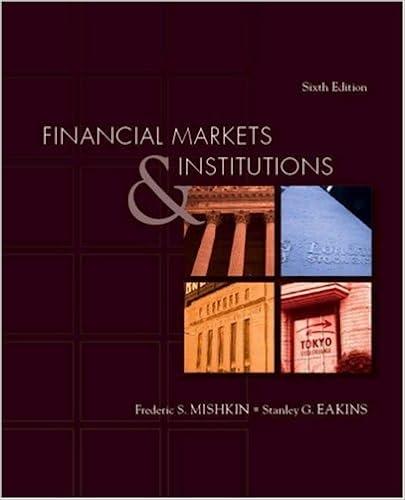Question
Today is September 24th. An organic Tofu manufacturer needs to purchase a 200,000 bushels of high-quality organic soybeans APPROXIMATELY in 2 months. However, the futures
Today is September 24th. An organic Tofu manufacturer needs to purchase a 200,000 bushels of high-quality organic soybeans APPROXIMATELY in 2 months. However, the futures market deals with low-quality soybeans (not organic). As regards, this organic Tofu manufacturer decides to use the low-quality soybeans futures contracts for hedging purposes. Each soybean futures contract is traded by the CME group is on 5,000 bushels and the delivery is traded for every month on the Exchange.
Today's futures price is $10.18 per bushel.
Using some historical data, we have found that the standard deviations and correlations as follows:
- s = 0.0363 F = 0.0422 and = 0.982
Time has passed....Now, it is November 15th: the organic Tofu manufacturer is now ready to purchase its organic, high-quality soybeans. At this point, the spot price of the organic, high-quality soybeans price is $12.02 per bushel, and futures price on low-quality soybeans is $11.26 per bushel.
Question #1
What should be hedging strategy for this organic Tofu manufacturer to lock in a price? In other words, should the trader take a short or long position in soybean futures contract and for how many number of contracts?
Question #2
What should be the delivery month for the futures contract when the trader initiates the trade on September 24th?
Question #3
What type of hedge is this? In other words, is this currently a perfect hedge, timing mismatch, asset mismatch, or both?
Question #4
What is the effective price the manufacturer paid per bushel on November 15th?
|
| Question #1 long 34 contracts | |
|
| Question #1 short 34 contracts | |
|
| Question #1 long 40 contracts | |
|
| Question #1 short 40 contracts | |
|
| Question #2 September | |
|
| Question #2 October | |
|
| Question #2 November | |
|
| Question #2 December | |
|
| Question #3 Perfect hedge | |
|
| Question #3 Imperfect hedge via timing mismatch | |
|
| Question #3 Imperfect hedge via asset mismatch | |
|
| Question #3 Imperfect hedge via both timing mismatch and asset mismatch | |
|
| Question #4 effective price paid per bushel = $10.18 | |
|
| Question #4 effective price paid per bushel = $11.10 | |
|
| Question #4 effective price paid per bushel = $12.02 | |
|
| Question #4 effective price paid per bushel = $13.31 |
Step by Step Solution
There are 3 Steps involved in it
Step: 1

Get Instant Access to Expert-Tailored Solutions
See step-by-step solutions with expert insights and AI powered tools for academic success
Step: 2

Step: 3

Ace Your Homework with AI
Get the answers you need in no time with our AI-driven, step-by-step assistance
Get Started


